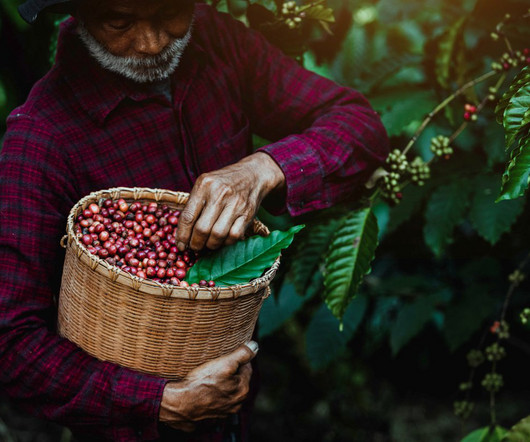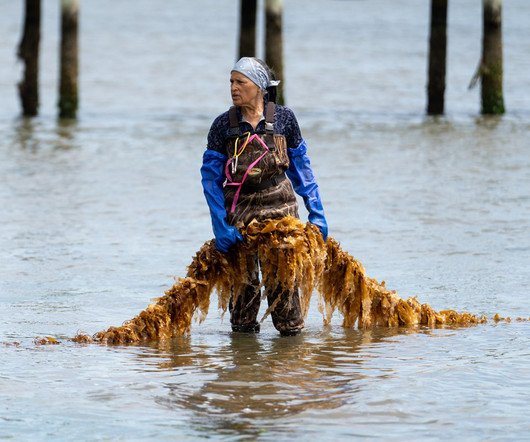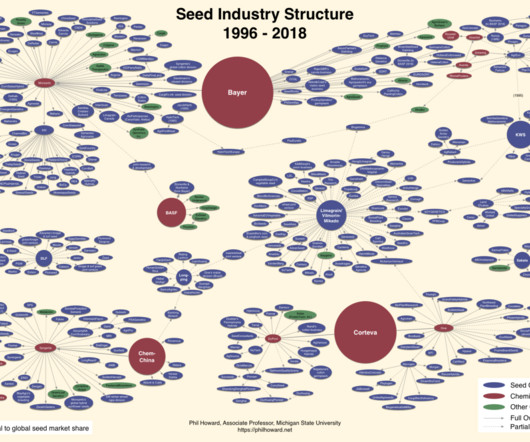Climate Solutions for the Future of Coffee
Civil Eats
MAY 21, 2024
In this map, green areas are projected to be favorable to coffee cultivation by 2050, while brown areas will not be. ( million acres of shade-grown coffee, much of it bordering protected natural areas. Map source ) Some 50 percent of current coffee-growing land will likely be unsuitable for arabica by 2050. Mexico has nearly 1.5











Let's personalize your content